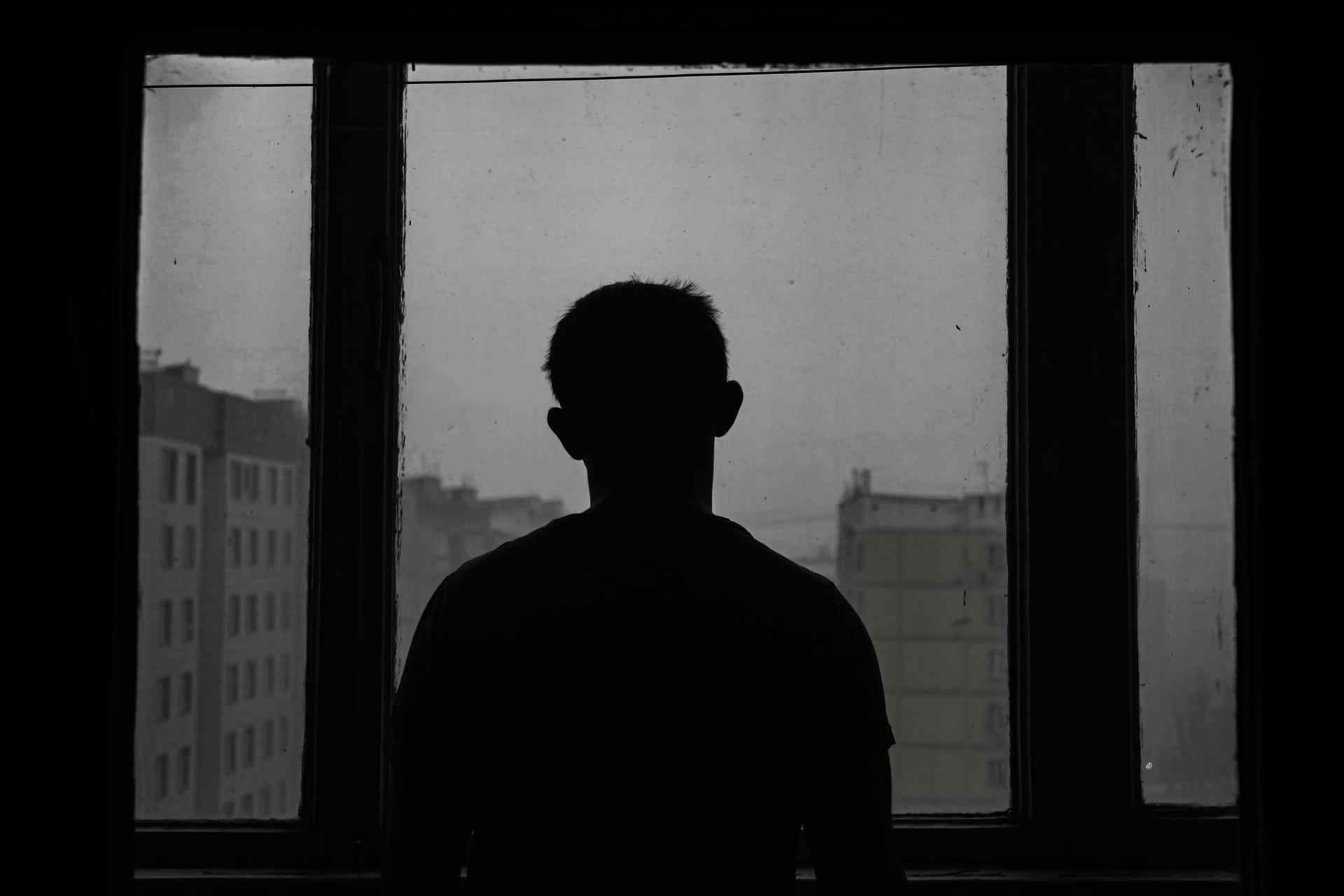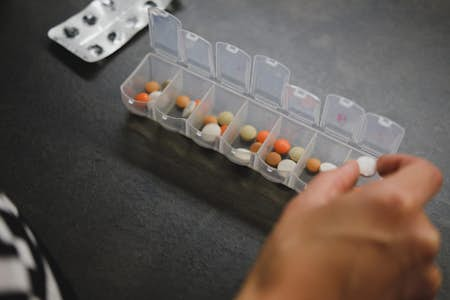Ongoing depression and symptoms of anxiety are not natural parts of ageing. It is possible to carry on through our later years enjoying life with the energy and verve. As we age, it becomes more important to take care of our physical and mental health so we can continue enjoying the things that bring us joy. The symptoms of depression and anxiety often change as we age and can appear as physical ailments.
As we age, symptoms of depression and anxiety can change, and we are also more likely to experience subsyndromal depression. This is when people experience symptoms of depression that are slightly below the criteria of a major depressive disorder diagnosis.
A family history of depression, traumatic life events such as the loss of a life partner and physical health issues that reduce mobility and independence can all increase our risk of anxiety and depression.
What are the leading causes of anxiety and depression?
Depression and anxiety don’t have a single cause, which can make dealing with these feelings more difficult. Our family history, self-esteem, connections with loved ones, physical health and changing life circumstances all influence our mental wellbeing and risk of experiencing depression and anxiety.
When we feel depressed or experience anxiety, we may blame ourselves and are more prone to negative self-talk. This is because mental illness causes us to view life negatively, finding a dark cloud in any blue sky. Painful events, difficult circumstances and physical illness can all trigger depression and anxiety.
Being aware of the common causes of depression and anxiety can push us to reach out to family members and friends when daily life becomes difficult.
Different types of anxiety and depression
Just as there is no single cause of depression and anxiety, there are several types of depression and anxiety. The NHS and the Australian mental health charity Beyond Blue have identified many different types of depression and anxiety. Below are nine of the most common among older people in the UK. Each has slightly different symptoms or severity of symptoms, and all can be treated with a variety of therapies.
1. Major depression
Sometimes called Major Depressive Disorder or Clinical Depression, this form of depression leaves people feeling particularly low and disinterested in life. These feelings last for more than two weeks and are experienced most days, making daily life and social interactions difficult. Experiences of depression are more likely in older people who had depression as adolescents.
2. Melancholia
This is a severe form of depression where many physical symptoms are present. People with melancholia move more slowly and find little pleasure in anything.
3. Persistent depressive disorder
Lasting more than two years, this persistently depressed state is also known as dysthymia. People may still be able to carry out daily tasks but experience a chronically low mood and symptoms similar to major depression.
4. Seasonal Affective Disorder (SAD)
This mood disorder follows the seasons. Depression that starts in the winter and disappears with the season is the most common form of SAD. This depressive disorder is more common in countries with shorter days and longer periods of darkness and is usually diagnosed after successive years of symptoms.
5. Anxiety disorder
Sometimes referred to as Generalised Anxiety Disorder (GAD), anxiety disorder manifests as feelings of unease, worry and fear. Although anxiety is a natural emotion we all feel at times, anxiety disorder affects daily life, causing people to feel anxious and uncomfortable in various situations or stopping them from taking part in some activities.
6. Social anxiety disorder
More than shyness, social anxiety erodes self-confidence and self-esteem and causes people to worry about social interactions of all kinds. Social anxiety is one of the more common phobias and is sometimes referred to as social phobia.
7. Panic disorder
A racing heartbeat, shortness of breath and pins and needles are just some of the symptoms of panic disorder.
8. Post-traumatic stress disorder (PTSD)
Caused by very stressful, traumatic or frightening events, older people may experience PTSD in response to events earlier in life or recent circumstances such as medical problems that caused a hospital stay or the loss of a loved one.
9. Bipolar disorder
Once known as manic depression, bipolar disorder is the experience of depression and mania with periods of normal moods between. Mania is the opposite of depression and can sometimes include episodes of psychosis.
What are the symptoms of anxiety disorders and depression?
One of the common symptoms of depression and anxiety is a loss of interest in life and activities that once brought us joy. Physical aches and pains are also common symptoms of depression in older people. Stomach cramps, feelings of nausea and bloating can also be symptoms of anxiety.
When we are depressed and anxious, the regions of the brain that are associated with pain perception become more active. The hormones serotonin and endorphin play a role in depression, anxiety and pain perception. Endorphins are our natural pain relievers - we produce more of these when we laugh or exercise. Serotonin stabilises our mood and helps our body heal wounds. These hormones tend to be lower when we experience depression and anxiety.
Along with these physical symptoms of depression and anxiety, people may also experience:
- Loss of interest in life and things you used to enjoy
- Feeling constantly tired
- Lack of appetite
- Restlessness and finding it difficult to be still or relax
- Difficulty sleeping
- Lack of confidence, feelings of worthlessness, or feeling you are a burden to others
- Spending a lot of time contemplating death
If left untreated, depression and anxiety in older people can lead to cognitive decline, functional impairments and worsening physical health.
Getting help for anxiety and depression
Although depression and anxiety are reasonably common among older people, they are not a normal part of ageing. Rates of depression tend to be lower in older people who remain in their own homes and rise for those in care homes and institutional settings. Although depression and anxiety are mental and emotional states, they are real illnesses and can be treated.
If you are experiencing a persistent low mood or chronic feelings of anxiety and unease, the first step is to speak with your GP or other healthcare providers. Many positive interventions are available, and not all of them involve medication.
Practical approaches to mental health difficulties
Our physical health and circumstances significantly affect our mental state. Poor housing, being isolated from social groups and family, or struggling financially can all be precursors to depression and anxiety. Seeking support for these issues before making any big decisions is essential.
Social workers can help with housing issues and help you get advice for financial worries. Healthcare professionals can assist with access to social groups and seeing family members regularly.
Ensuring you eat well, remain active and get enough sleep will support a happier frame of mind and better mental health. You can also use nutritional supplements to ensure you get the recommended daily allowance of vitamins and minerals. In addition, there are many practical ways in which you can protect your mental wellbeing.
Talking therapies
Counselling and cognitive behavioural therapy (CBT) can give people suffering from anxiety and depression the tools to move past their difficult feelings and find purpose and meaning in life again.
Practising relaxation techniques, controlled breathing, mindfulness, and recognising and modifying unhelpful thought patterns are some of the ways people can manage and overcome depression and anxiety. Mental health apps can provide CBT exercises or help people with depression and anxiety locate a counsellor nearby to provide talking therapies.
Therapies such as animal-assisted therapy, music therapy and reminiscence therapy have all been proven to lift the mood of older people and successfully treat depression and anxiety. Group therapy can help older people whose depression and anxiety have stemmed from loneliness and isolation to forge new connections and regain their sense of worth and purpose.
Medications for depression and anxiety
Many anti-depressant medications also treat anxiety. If you’ve been depressed for a long time, your doctor is likely to suggest anti-depressants - more than half of people who take these find that they help. Anti-depressants work by increasing the availability of neurotransmitters like serotonin and dampening pain signals sent by our nerves.
Selective serotonin reuptake inhibitors (SSRIs) are one of the most common forms of medication for depression and anxiety. They have fewer side effects than other forms of depression mediation and work by stopping serotonin from being reabsorbed by nerve cells. This means serotonin can continue passing messages between nerve cells for longer.
Serotonin and norepinephrine reuptake inhibitors (SNRIs) are a similar form of medication for depression and anxiety, working in a similar way to SSRIs. This medication works well for people with depression as well as those with anxiety and nerve pain. The NHS notes that some people respond better to SSRIs while others find SNRIs more effective.
Julian Hall, co-founder of myinternalworld.com, told us: "Whatever your age, persistent low mood is debilitating and can sap your love of life and your energy. It is not a natural part of ageing and it can affect many areas of your emotional health that can impact it and affect it.
"Many people find it challenging to approach their doctor about this either because they are afraid they may be medicated, the waiting list for talking therapies may be too long or they are simply embarrassed. Providing a safe place to get a report on our emotional health and work on improving our mental state was one of the key drivers behind us building our business.
"There are many ways you can take action to understand your mental health and improve it. The important thing is that you do so."








